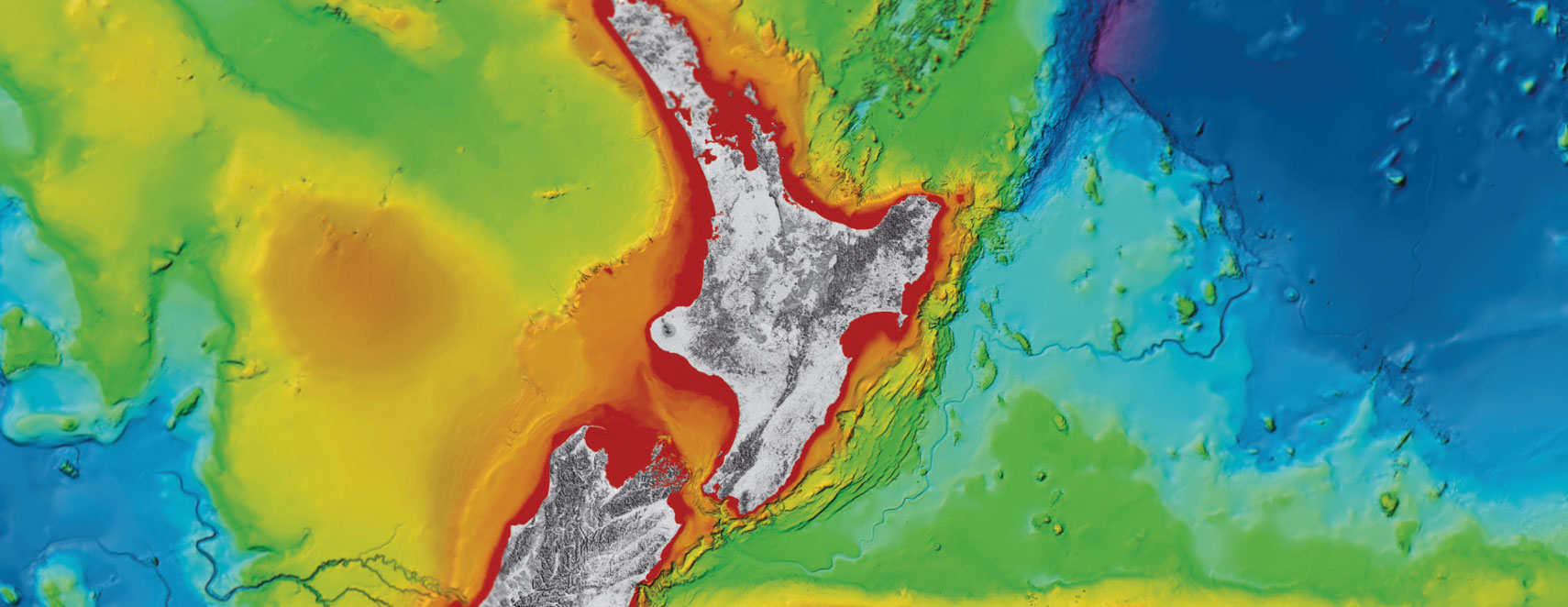
Revelle Blog #5 How do we get pore water?
Dr. Claire McKinley is a Research Associate from the University of Washington. She is currently working and reporting on the research occurring along the Hikurangi subduction zone on board the US research vessel Revelle
We collect samples of sediment called cores from the seafloor using a giant straw shaped cookie cutter or by taking small 'hand held' cores using Jason, a high tech robotic submarine.
The cores come up in PVC pipe, and a team of coring and core curation folks use a core cutter, to cut each core into 10 to 50cm sections.
Once we have collected a core from the sea floor our main goal is to remove the water. There are several ways this can be done, and we use two of them.
The first is squeezing the sediment inside a titanium press, with a hydraulic press. We put the core on top of an extruder instrument push to sediment out of the PVC pipe in 5-10cm parts. An extruder is a teflon cylinder, stuck on a metal pole, welded to a platform and screwed to the floor.
We take some solid sediment samples to characterise the sediment and its chemistry and the rest we squeeze.
The sediment to be squeezed goes into a fancy titanium casing with a paper filter and a titanium mesh filter. The titanium casing fits together into several pieces a base with a heavy titanium plunger on top. The casing is designed to put pressure on the sediment and force the pore water through a tiny hole in the base.
We put the titanium case with sediment into a hydraulic press and crank it until water comes out of the hole in the base. We then attach a filter to a syringe and pump out pore water into the syringe by increasing the pressure with the press. Ideally we collect 24mL into the syringe.
Sometimes the sediment has the consistency of artist clay and is well behaved, and sometimes it is very wet and shoots off the press and all over everything.
We have three hydraulic presses and four titanium squeezers and between each sample we have to wash all of the bits of the squeezers - we have all washed and dried the same four sets of titanium parts hundreds of times.
The other way we extract pore water samples is through Rhizon sampling. Rhizons are elegant and fancy long skinny filters that screw onto a syringe. You pull the syringe open and prop it with a spacer and that draws the water out of the sediment into the syringe. I find this process extremely satisfying.
We will use rhizons when we want to sample at very high resolution (every one or two centimeters), or when we want to have more control over the environment we sample, for example if it is important to collect pore water at cold temperatures we can use the rhizons in the walk in refrigerator.
Once we have the water in the syringe we divide it into several different bottles for different samples. These get labeled, packaged and packed away to ship home to our labs. We have processed six hundred and six samples so far.
We will eventually analyze the water measuring the dissolved elements, the alkalinity, and many other characteristics. This will help us figure our what processes are going on along the Hikurangi subduction zone.
Disclaimers and Copyright
While every endeavour has been taken by the East Coast Lab Hikurangi Subduction Zone M9 to ensure that the information on this website is
accurate and up to date, East Coast Lab Hikurangi Subduction Zone M9 shall not be liable for any loss suffered through the use, directly or indirectly, of information on this website. Information contained has been assembled in good faith.
Some of the information available in this site is from the New Zealand Public domain and supplied by relevant
government agencies. East Coast Lab Hikurangi Subduction Zone M9 cannot accept any liability for its accuracy or content.
Portions of the information and material on this site, including data, pages, documents, online
graphics and images are protected by copyright, unless specifically notified to the contrary. Externally sourced
information or material is copyright to the respective provider.
© East Coast Lab Hikurangi Subduction Zone M9 - www.eastcoastlab.org.nz / +64 6 835 9200 / info@eastcoastlab.org.nz
